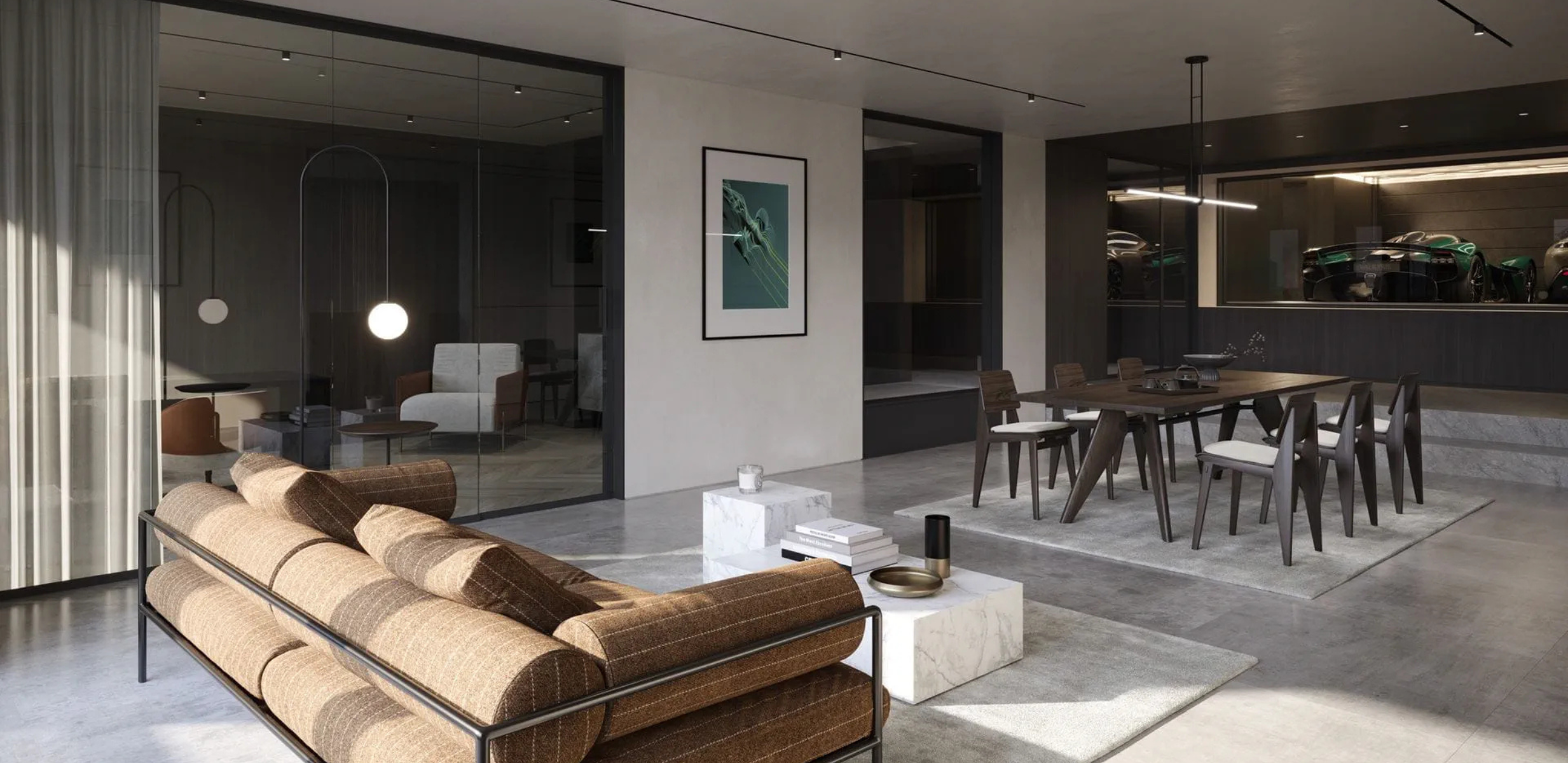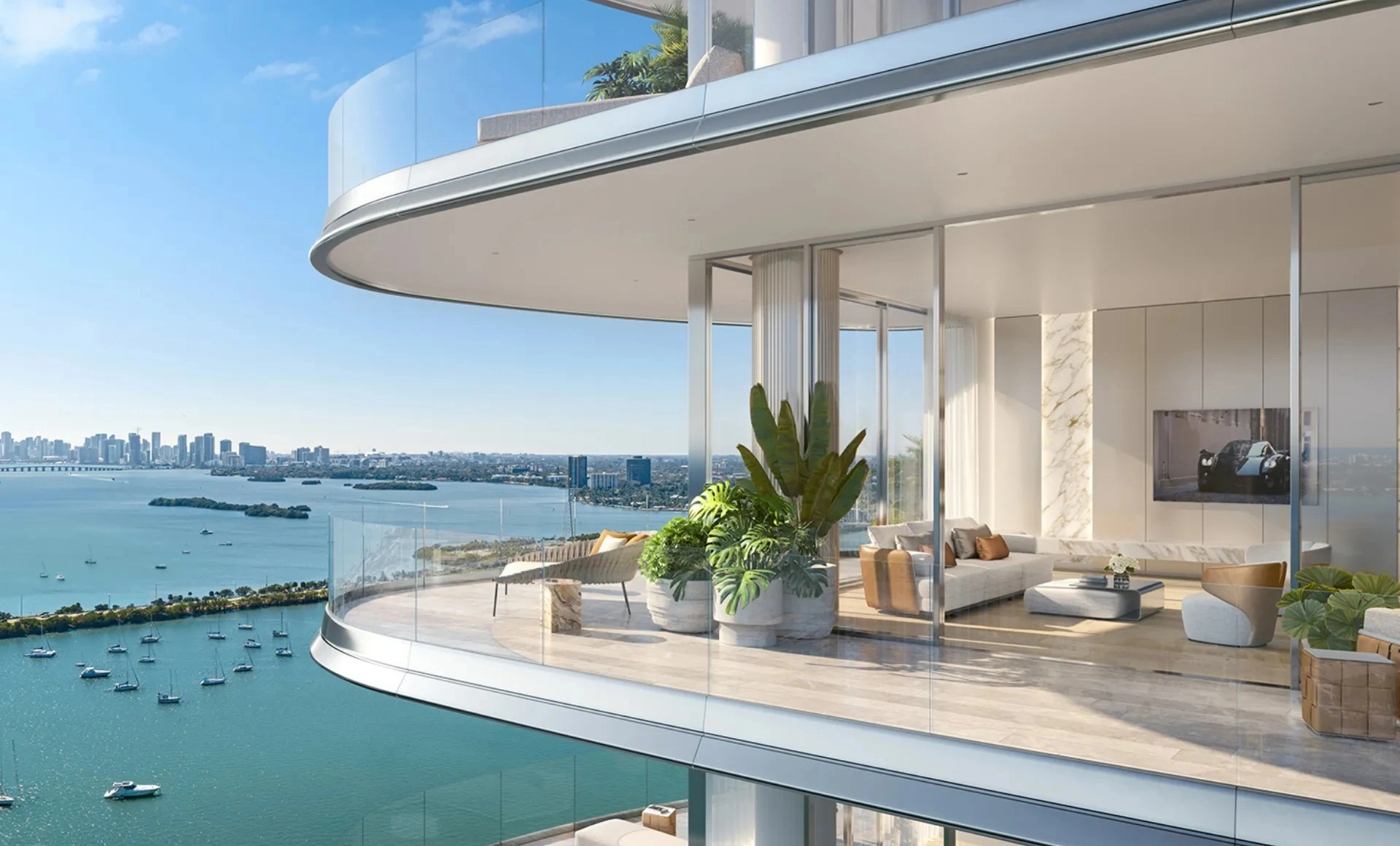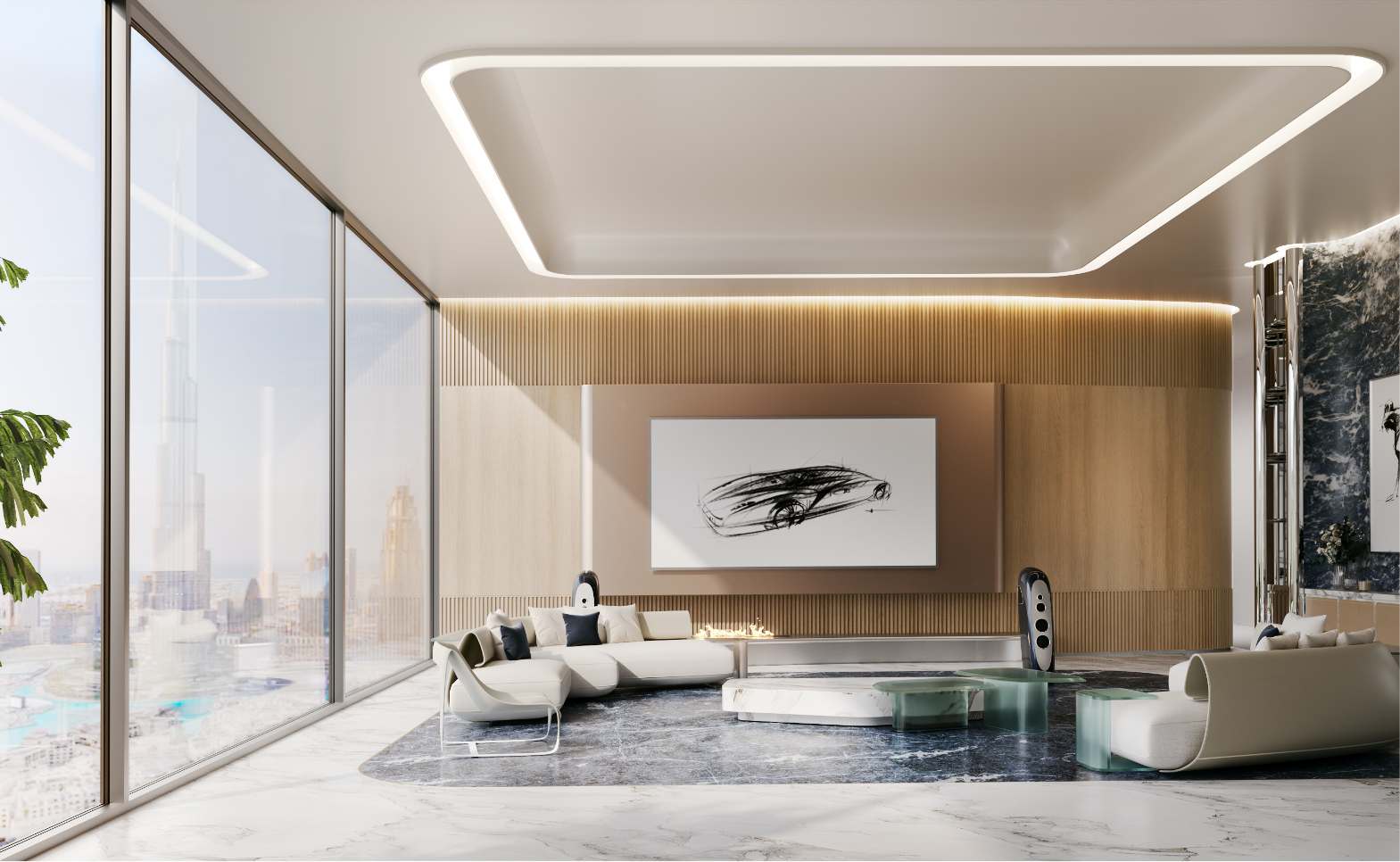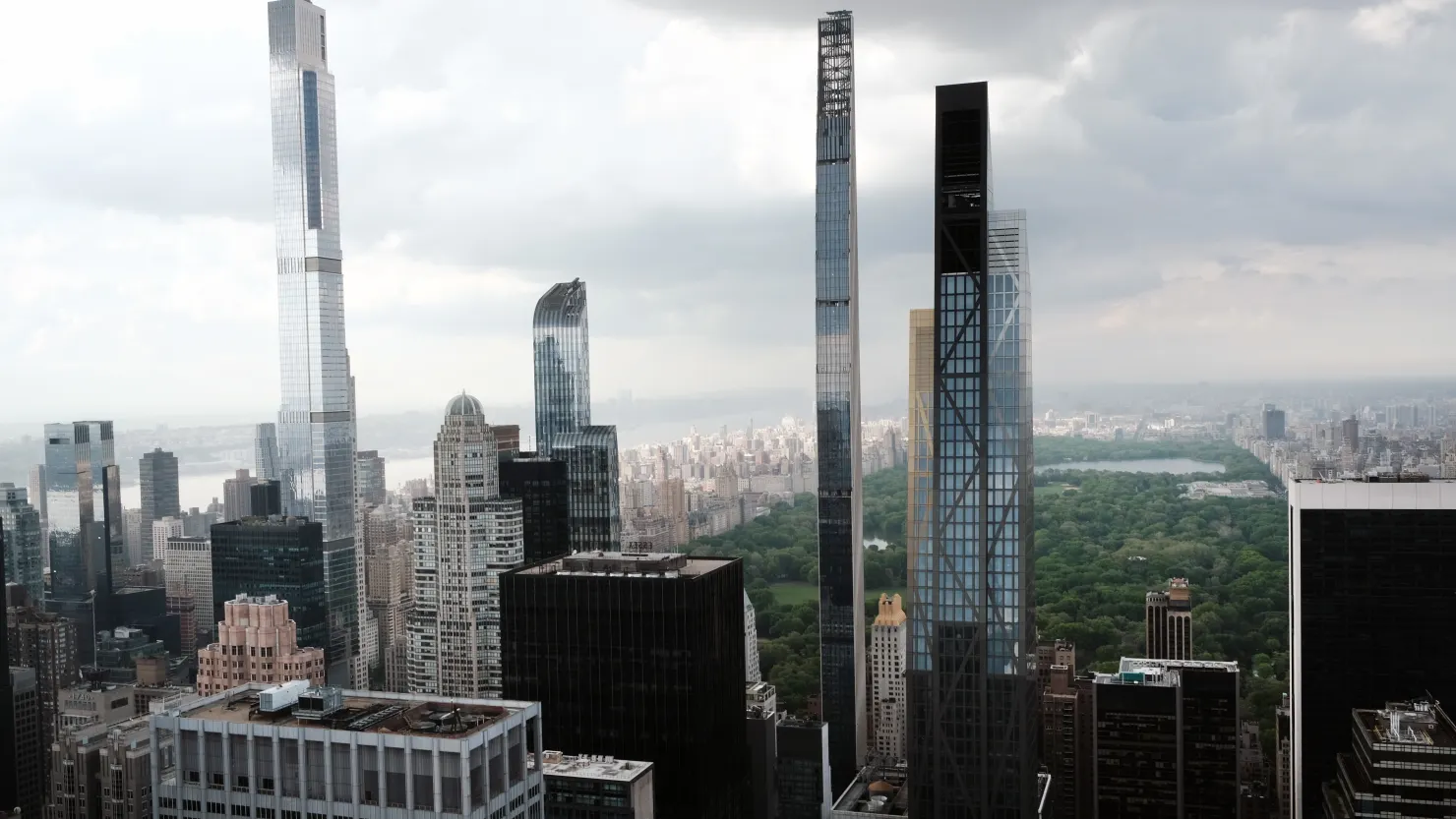
From Bentley’s sky-high condos to Pagani’s Miami debut, branded residences are reshaping the future of luxury. One tower at a time.
Buying a luxury car was once about horsepower and heritage. Now, that same provenance is being built into high-rises.
From the beaches of Miami to the skyline of Dubai, luxury car brands are entering a different kind of race. Not for acceleration, but for altitude. Bentley is developing a 60-storey condominium tower complete with car elevators and cigar lounges. Bugatti’s Dubai skyscraper includes a Sky Mansion penthouse, already claimed by celebrity clientele. Aston Martin has launched a sculptural townhouse in Tokyo’s Omotesandō district. It is the brand’s first standalone residence in Asia.
But whether cigar rooms and Dezervators age as well as the brand logos above them is yet to be seen.
What all this is about is embedding the brand deeper into the client’s ecosystem, well beyond the driver’s seat or branded umbrella. And so, amid shifting macroeconomic winds and the rising parity of electric vehicles, luxury car makers are translating identity into architecture.

The branded residence sector has experienced rapid growth. According to Savills Residences Report from late 2024, the number of branded developments has increased by over 160% in the past decade and is projected to more than double by 2030, from 740 to over 1,500 schemes worldwide.
Typically structured as licensing agreements, the business model is asset-light for the brands. A brand, for instance, provides its name, design ethos and interior direction, while developers manage construction and sales. The return? These branded developments command average price premiums of 30 to 35%, with top-tier locations and legacy luxury brands achieving up to 70% in some cases, according to Omnia Capital Group.
Take Bentley’s tower in Miami. Expected in 2026, the tower offers private garages accessed via a “Dezervator” lift system, allowing residents to park directly beside their apartments.
As first reported by Jing Daily, Pagani’s entry into real estate was prompted by direct client requests to translate its car interiors into living spaces, a rare case of bottom-up brand innovation. Pagani launched its first residence in January 2025, backed by Saudi Arabia’s Public Investment Fund. Within six months, it reported 75 million US dollars in revenue. For a company producing a niche number of cars per year, that is not an extension. It is a leverage strategy.

The trend is most visible in Dubai, which has emerged as a global centre for branded residences. In 2024 alone, the city recorded over 13,000 branded residential units sold, generating more than AED 60 billion, or approximately 16.3 billion US dollars, in sales, according to ANI News.
With average premiums of 40 to 60%, and sustained appetite from ultra-high-net-worth buyers, developers such as Omniyat, Dar Global and Binghatti are partnering with brands like Bugatti, Mercedes-Benz and Armani to deliver ultra-luxury towers at pace.

According to CNBC, in Manhattan, sales of general luxury real estate in the first quarter of 2025 rose 29% year-on-year, with 2,560 closed transactions totalling 5.7 billion US dollars, according to real estate appraiser Miller Samuel and brokerage Douglas Elliman.
Apartments priced over 20 million dollars had their strongest first quarter since 2019. Meanwhile, 90% of properties above 3 million dollars were purchased in cash, according to Compass.
Brokers attribute the surge to several forces. A flight to hard assets amid stock market volatility. Return-to-office mandates in finance and tech. And the early phases of the so-called “great wealth transfer”, as baby boomer capital flows to the next generation via trusts and family offices.
“There’s a noticeable movement of people returning from Florida and relocating from Los Angeles,” said Charlie Attias of Compass. “Many family offices are acquiring real estate as long-term legacy assets”.
Prime property, especially when paired with brand equity, is more than an investment. It is a portfolio strategy.
For ultra-high-net-worth individuals, particularly those with multiple global residences, branded homes offer more than architecture. They offer assurance. Fully serviced, globally consistent, and built to the standards of a brand they already trust.
Aston Martin’s Tokyo residence reflects that evolution. Designed in collaboration with VIBROA and architect Nobumichi Asaka, it mirrors the marque’s design language with museum-grade precision. Ownership is no longer about the car. It is about access to a brand’s universe.
Some see risk. The spectre of overextension looms large in luxury. Virgin, once celebrated for its brand elasticity, suffered dilution as it expanded across sectors from music to airlines to cola. Ferrari, by contrast, has refused to lend its name to non-core categories. Its only nod to physical brand immersion remains Maranello, its headquarters, museum and test track.
And yet, Ferrari’s restraint is not the only path to value. In 2024, the brand’s revenue rose 11.8% to 6.68 billion euros, with EBITDA up 12.1%. That is proof that purity still performs.
That said, most branded residence projects today are curated with far greater discipline than licensing exercises of the past. With high barriers to entry, few locations, and long development cycles, these towers are built for permanence. And permanence demands selectivity.
From an economic perspective, the pivot is rational. Carmakers face surging R&D costs, tighter margins, and increasing competition from tech-native entrants. Branded real estate offers recurring revenue with minimal operational overhead. It is a hedge against both market volatility and cultural drift.
What is emerging is a broader redefinition of what luxury brands actually sell. Increasingly, it is not just performance, materials or exclusivity. It is a worldview, delivered not through product, but through space.
Branded residences embed brands into the lives of the ultra-wealthy, on their terms, in their cities, under their roofs. It is lifestyle not as abstraction, but as utility.
And in a world where perception is currency, this might just be the most resilient asset of all.